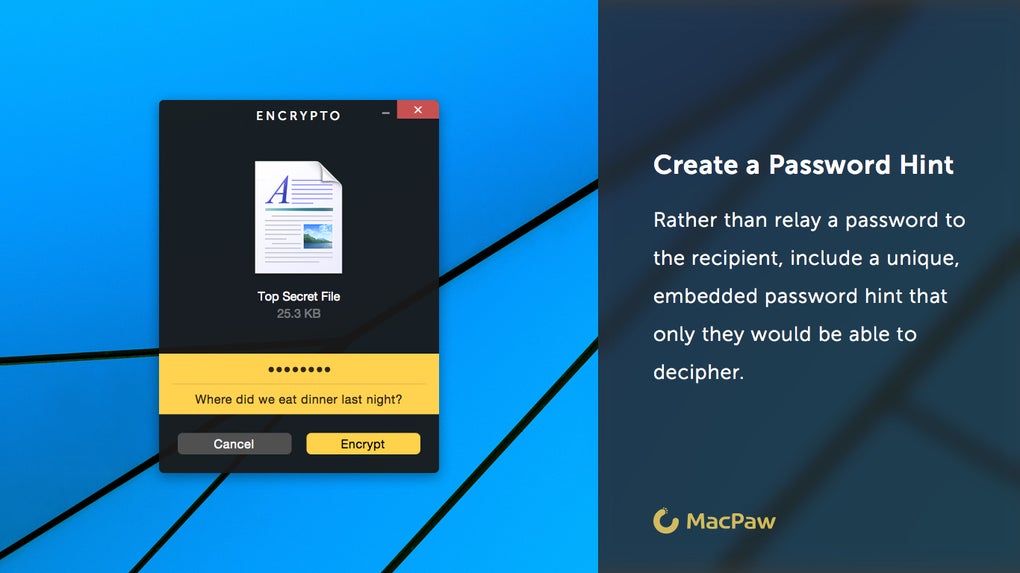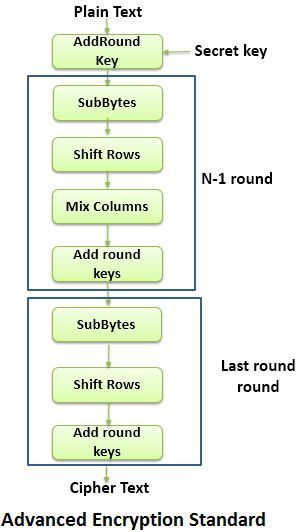

Therefore, it's more secure than that of ECB. So, we can say that the encryption of the current block is dependent on the encryption of the previous data block. The reverse process is used during decryption. Then, the output ciphertext uses the IV of the next block.

The data block will be XOR with IV and then encrypted with the key. Here, in CBC mode, we can see that there is a new term called the Initial Vector (IV), which will be the same as the data block size. If each 64-bit data is dependent on the previous one, then this mode is called CBC or CFB mode.
Des encrypto 64 Bit#
If each 64 bit is encrypted or decrypted independently, then this mode is ECB. There are different modes of operation when using the DES algorithm. However, for this tutorial, we will be skipping this part. For more info on the process of finding subkeys, you can learn more here. so the number of subkeys will be 16 subkeys. So, it will use different subkeys for each round. Though data block size is 64 bit, the number of rounds will be 16 rounds. So, it uses some round to encrypt/decrypt data. To encrypt/decrypt data, the DES algorithm uses the Feistel structure. It's a block cipher algorithm - that's why the data block size of DES algorithm is 64 bit. So, to encrypt/decrypt data, the DES algorithm uses an 8-byte key, but 1 byte (8 bit) for parity checking. It's a symmetric algorithm, which means that the same keys are used to encrypt/decrypt sensitive data. The DES algorithm is the most popular security algorithm. The main goal of this article is to describe DES algorithm and how it secures data. And there are two kinds of security algorithms: symmetric algorithms (use the same secret key to encrypt/decrypt data) and asymmetric algorithms (use different secret keys to encrypt/decrypt data). Almost all procedures use some type of encryption/decryption algorithm to keep data secure from middle attacks. There are many procedures that confirm data confidentiality, integrity, and availability. Lastly, availability means that data is available for any authorized user. Additionally, this means that the data reached the other user without changes or a breach. Integrity confirms that data has not been modified by any mid-level person. Confidentiality means that only authorized users can gain access to sensitive data. There are also some key terms when it comes to information security - like confidentiality, integrity, availability, etc. Different organizations are working to find a more secure way to protect data. With web data continuously flowing from one end to another, to ensure data security, there are many procedures that must be implemented. Nowadays, information security is the main concern on the Internet.


 0 kommentar(er)
0 kommentar(er)
